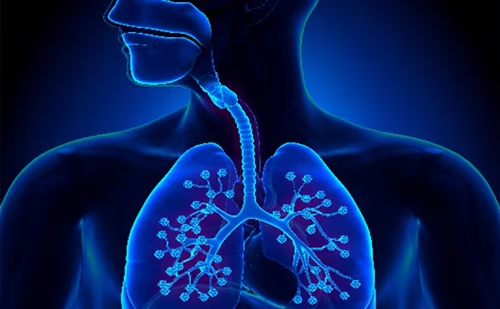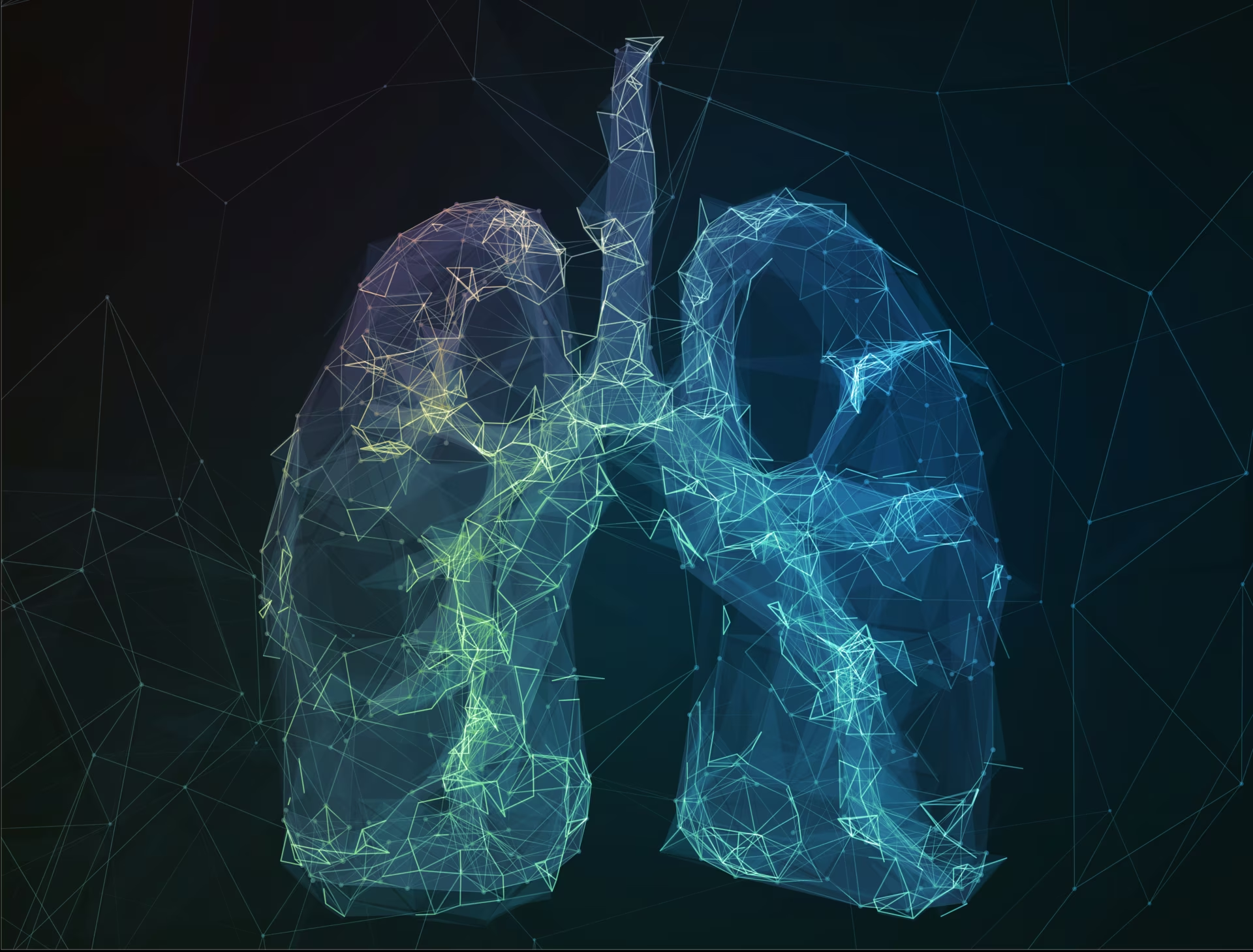Alzheimer’s disease (AD), the most common type of dementia, afflicts approximately 5 million people in the US, and they tend to be over the age of 60 years. By 2050, this number is projected to increase by almost three-fold to 14 million people.1 The prevalence of obstructive sleep apnea (OSA) is even higher. Depending on how OSA is defined, anywhere between 30–80% of the elderly, often unknowingly, have this sleep disorder.2,3 In an expert interview, Richard S Osorio of NYU Center for Brain Health discusses important findings from their recent two-year longitudinal study that reveal huge clinical potential for developing better screening tools to diagnose OSA in the elderly.4
Q: Could you tell us a little about the design of your recent study investigating obstructive sleep apnea (OSA) and the risk of Alzheimer's disease (AD)?
We enrolled a group of 208 cognitively normal elderly people from the community without sleep complaints. The presence of OSA monitored at home and the risk for AD, defined as increased amyloid burden using cerebrospinal fluid (CSF) and amyloid positron emission tomography (PET), were both measured longitudinally over two years. The objective of the study was to assess whether an association exists between the severity of OSA and longitudinal increase in amyloid burden in cognitively normal elderly people.4
Q: What was the prevalence of OSA among study participants?
Among the 208 participants recruited at baseline, 97 were free of OSA and considered healthy controls, 76 had mild OSA (Apnea–Hypopnea Index with 4% desaturation limit [AHI4%] 5–15), and 35 had moderate-to-severe OSA (AHI4% >15). A subset of this group was followed up longitudinally.4
Q: What were the main findings of the study?
At cross-section we found no associations, but over time (mean follow-up time was 2.5 years) there was an association between OSA severity at baseline and longitudinal increase in amyloid burden in both CSF and PET, without changes in cognition.4
Q: Why did the study find no correlation between OSA severity and cognitive function?
All subjects were cognitively normal at baseline by inclusion criteria so that might have caused bias among the results. In addition, the way sleep restores neurocognitive processes may change with aging. Several researchers have noted that this "functional weakening" predicts that increasing the quality of sleep is unlikely to restore cognitive abilities in the elderly because age-dependent neurobiological changes and neuronal damage (e.g., hippocampal-neocortical networks, neural atrophy, decreased plasticity, etc.) will still be present.5 If hippocampal-neocortical connections that are fundamental for memory processing are greatly impaired, sleep-dependent memory consolidation will not occur regardless of the quantity or quality of sleep, or the presence or absence of OSA. So, the fact that OSA severity and cognition were not associated did not come as a surprise.
An intriguing possibility of this null-finding is that these detrimental effects of sleep loss on cognitive function do not apply to other diverse brain effects of sleep, such as regulation of cerebral blood flow and amyloid production/clearance. So the fact that we did not see changes in cognition does not imply that improving sleep is not still a very promising target for AD prevention, as we could decrease amyloid burden over time by improving sleep.4
Q: What are the potential implications of your study findings for clinical practice?
As already noted, the prevalence of OSA in the elderly is very high (30–80%), and in the majority of cases it is asymptomatic, meaning that most subjects are not sleepy during the day and are not aware that they are suffering from this condition. In other cases, they just don't have a sleep partner, which is in many cases the person who can observe the apneas during the night and can instigate the referral to a sleep doctor. In a person at risk for AD and OSA, clinical interventions aimed at OSA (such as treatment with continuous positive airway pressure [CPAP] or dental appliances) could mitigate the progression of cognitive impairment and delay the onset of the disease.4







